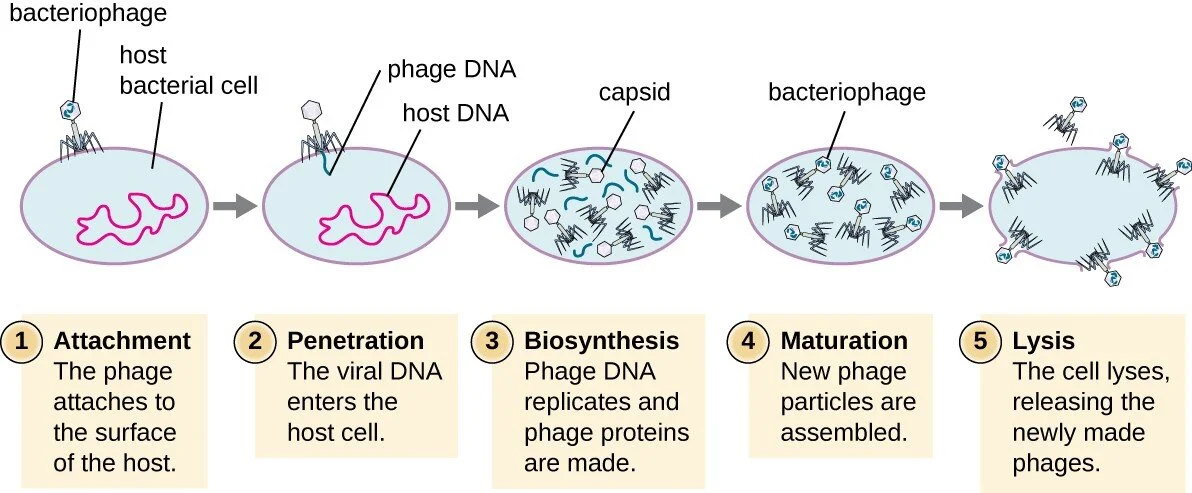Chromosomes and Genes as units of Heredity
Chromosomes are the structures that carry genetic information in the cell. These are present in the nucleus of the eukaryotic cell and cytoplasm of the prokaryotic cell.
The chromosome is formed of DNA and proteins. The complex of DNA and proteins are known as chromatins. Their compaction forms the chromosomes. The chromosomes allow easy and compact packaging of the DNA that makes DNA replication and distribution easier.
Types of chromosomes based on the similarity:
1. Homologous chromosomes- This pair of chromosomes are identical and have the same genes at the same locus.
2. Heterologous chromosome- The pair of chromosomes are different and different genes are present on the same locus.
The types of chromosome based on their function:
1. Autosomes: These chromosomes are responsible for determining all the qualities of the organism other than the sex and sexual characters.
2. Sex chromosomes: These chromosomes are responsible for determining the sex and sexual characteristics of chromosomes.
Structure of chromosome
Each pair of chromosomes is formed of two (2) sister chromatids. These chromatids are identical. They are joined to each other at a structure known as the centromere. Each chromosome is divided into two parts or arms by a centromere. The larger part or arm is known as q arm, and the shorter part or arm is known as p arm. The DNA sequences at the end of the chromosomes are known as telomeres.
Before starting of cell division, the chromosomes are tightly coiled and are known as euchromatin. During cell division, the uncoiling is seen, and the chromosomes are known as heterochromatin (Fig 1).
Fig 1. Structure of chromosome
Image source: Openstax
Genetic Material in Living Organism (DNA)
It is a polynucleotide. They are also known as nucleic acid. Other than the chromosomes, the DNA is present in the chloroplast and mitochondria. The total amount of DNA in a cell is known as the genome.
The nucleotides in the DNA are formed of:
1. Deoxyribose sugar
2. Nitrogenous base
3. Phosphate group
The nucleotides are connected to each other by phosphodiester bond (a bond between the phosphate group and the sugar). This forms the polynucleotide chain. The DNA is formed of two polypeptide chains connected by hydrogen bonds. The hydrogen bonds are between the nitrogenous bases.
The nitrogenous bases are of 2 types (Fig 2):
1. Purine- Two purines are present in the DNA. They are adenine (A) and guanine (G).
2. Pyrimidine- Two pyrimidines are present in the DNA. They are thymine (T) and cytosine (C).
Purine always forms hydrogen bonds with a pyrimidine.
In DNA strands, the adenine form three hydrogen bonds with thymine, and guanine forms two hydrogen bonds with cytosine. This is known as a complementary base pairing. This specific pairing occurs by a rule known as “Chargaff’s rule.” These bonds are weak and are broken down during replication.
The DNA has a double helix structure. The two polypeptide chains are twisted in the form of a helix. This gives them a 3-D shape. Usually, a right-handed helix is present.
This right handed-helical structure of DNA was discovered by Watson and Crick.
The two DNA strands are antiparallel, that is they are parallel to each other, but one chain is opposite to the other. One chain is present in 5” to 3” alignment while the other chain is present in 3” to 5” alignment. The space between the polypeptide chain is uniform throughout and the diameter of the double helix is 2 nm. In one turn of the helix, 10 nucleotides are present. Two types of grooves are formed due to twisting of the strands: major groove and minor groove.
Fig 2. Structure of DNA
Image source: Openstax
Fungi
These are eukaryotic organisms that decompose the dead and decaying organic matter present in the environment to release nutrients from them and help in nutrient cycling. Most of them are multicellular organisms.
Examples of fungi:
1. Yeasts
2. Moulds
3. Mushrooms
Fig. 3: Mushroom
Image source: Openstax
Viruses
These are very different from other organisms and are sometimes considered non-living. This is because they cannot survive on their own and need a host organism to survive and reproduce. They use the organelles of host organisms to survive. They do not have cell organelles. They only have a genetic material as DNA or RNA which is known as a capsid. They have a protein coat like the nuclear envelope of eukaryotes. Some of them have an envelope that acts like the cell membrane of eukaryotes.
Replication of viruses:
As the viruses do not have their own enzymes and organelles for protein synthesis, they release their genome into the host cell where the copies are formed using the host enzymes and structures/organelles. When the genome is copied, it is transcribed into mRNA and then the host ribosomes are used to form proteins. These copies of the genome and the proteins come together and form new viruses. Most of them are harmful. This is how the virus replicates using host machinery. Examples: Adenovirus, influenza virus and bacteriophage.
Fig. 4: Examples of viruses
Image source: Openstax
Fig. 5: Replication of viruses (Bacterophage)
Image source: Openstax





